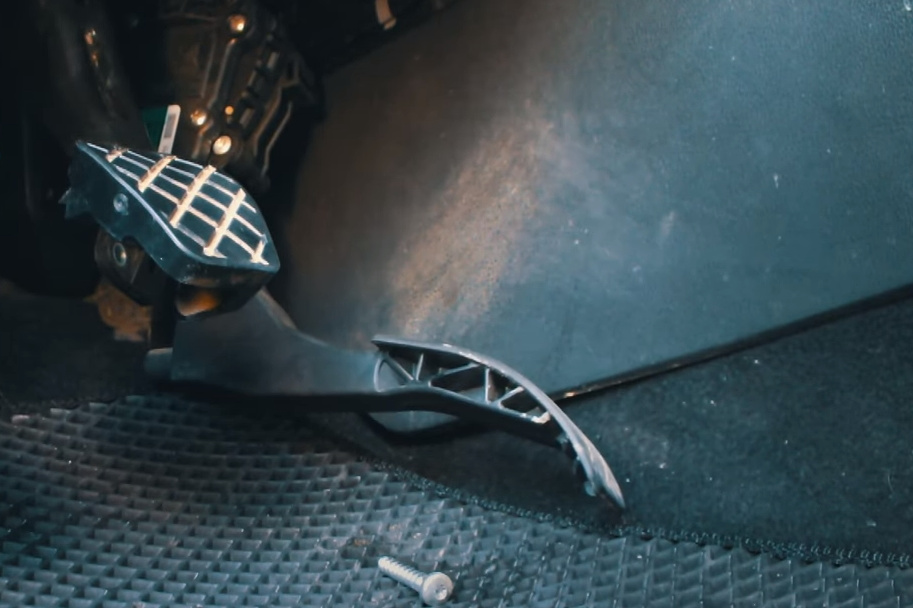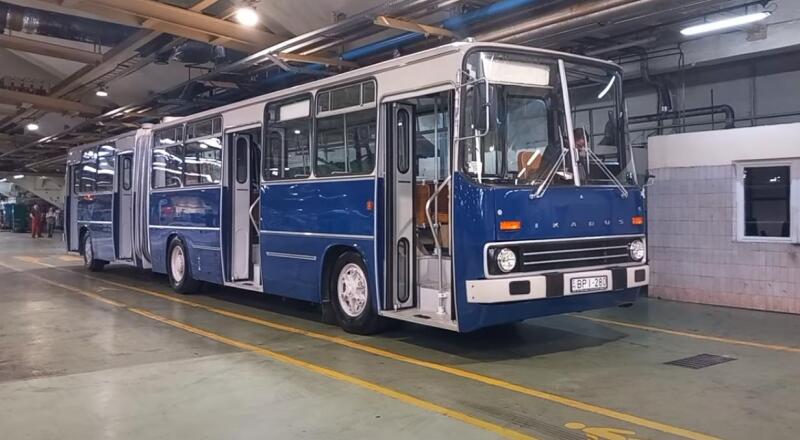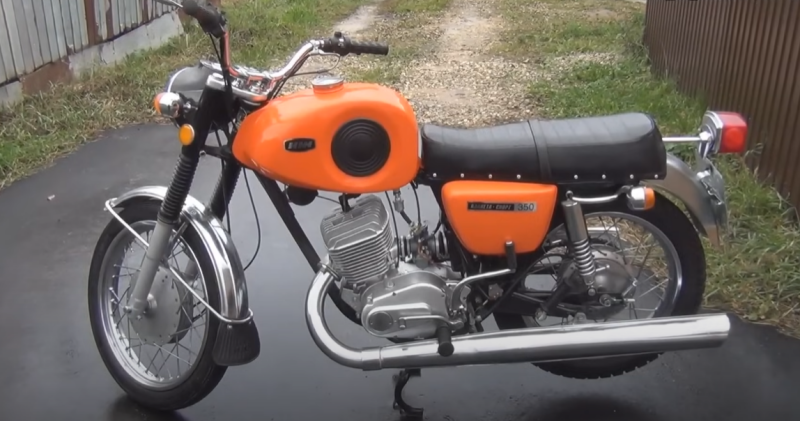Essence of the work
When you press the electronic accelerator, there are no physical and mechanical phenomena such as a decrease (increase) in the length of the cable. The result of pressure on the "slipper" is a change in the signal supplied to the computer. It is sent by a sensor, which comes in a variety of types: from a potentiometer (a simple option) to inductive and even angle devices.
 Disassembled electronic gas pedal. Photo: YouTube.com
Disassembled electronic gas pedal. Photo: YouTube.comBut they all work in the same way: when mechanically applied to the accelerator, they send an electrical impulse to the “brains” of the car. And then what?
ECU reaction
Most owners are sure: the pedal sends a signal by which the unit gives a command to open the throttle. But this is not so - the accelerator sensor "sends" just a request from the ECU to change the torque.
 Electronic pedal for VW Polo. Photo: YouTube.com
Electronic pedal for VW Polo. Photo: YouTube.comAnd here the most interesting begins: the electronics are not going to obey the requirements of the driver "unquestioningly" and there are a number of reasons for this.
Attachment
Its work requires the loss of a certain part of the motor power. It is spent on air conditioning, spinning up the generator, cooling system fan, etc. And how much engine effort is needed for all this to work in normal mode, regardless of the position of the gas pedal? The ECU, receiving a signal from the accelerator, just calculates this. Yes, this also includes transmission losses due to friction.
Automatic transmission
The box is also "interested" in the operation of the electronic gas pedal. It is important for her to “know” when it is better to shift up or down a gear. If, for example, the driver abruptly releases the accelerator, the ECU will conclude that it is necessary to switch to a lower speed, which the automatic transmission will “ask” for. By the way, ensuring the operation of cruise control is also due to electronic gas.
About the power of engines and PPG
It seems to be natural when you pay more for a stronger motor. However, there are nuances associated with the management of power units. The use of an electronic pedal allows you to artificially limit the power of the engine through its firmware. If this is done in order to reduce the tax rate, then it is still tolerable. But when you have to overpay for the same motor, which has different power just because of the reconfiguration of the electronics, then this is somehow unfair. An example is the 1,6-liter Volkswagen MPI from the EA211 family. They offer two of its options with a capacity of 90 and 110 "horses", of course, for a different price.
 MPI 1.6 EA211 series is installed on VW Polo, Skoda Rapid and other cars. Photo: YouTube.com
MPI 1.6 EA211 series is installed on VW Polo, Skoda Rapid and other cars. Photo: YouTube.comBut the engine is the same! Just the firmware is different. And this is far from the only example.
emergency situations
Here the advantages of the electronic gas pedal are obvious. It will not “allow”, for example, when the engine detonates or overheats, spin it up to maximum speed. There are many such “protective” moments, and all of them allow you not to completely ruin the engine in case of emergencies (for example, slipping in mud, snow).
Reasons for dissatisfaction with the electronic accelerator
The driver presses the pedal, its sensor sends a signal to the computer, which “calculates” that the person sitting behind the wheel requested the torque. This data is transmitted to the "defenders"-limiters, who check:
✅ Will the desire of the driver harm the environment?
✅ will the engine fall apart when you press the pedal like that
✅ Does the driver's requirement contradict the car's security systems (for example, slippery road, obstacles, etc.)
After that, the unit calculates the power loss for the transmission and attachments. And only then the maximum possible torque is determined and an “order” is given to the throttle.
 EPG for VAZ 2180, Vesta, complete. Average price: 1520 rubles. Photo: YandexMarket
EPG for VAZ 2180, Vesta, complete. Average price: 1520 rubles. Photo: YandexMarketIt is clear that the driver's request will not be completely “satisfied”. It is at this stage that dissatisfaction with the electronic gas pedal arises. How many "horses" can be squeezed out of the engine, the driver decides only partially: the final answer is for the computer! Such is the dependence of a person on a “robot”.
 Plastic parts wear out over time, as do the tracks on the board. Photo: YouTube.com
Plastic parts wear out over time, as do the tracks on the board. Photo: YouTube.comAnother reason for dissatisfaction is the failure of the electronic pedal sensor, requiring the replacement of the entire assembly. And this is not always cheap, especially in relation to imported car models. True, sometimes it is possible to repair the sensor. And the pedal module for Russian cars is not so expensive. There is one more minus: the presence of an electronic accelerator makes it difficult to tune the engine.
Typical signs of a malfunction of the EPG
The most common symptom is that the engine does not pick up speed, the car only drives at low speed. If you stop, turn off the ignition, start the engine again, everything is back to normal. But after 10-15 minutes the situation repeats itself. Other signs:
✅ in order for the pedal to “obey”, you need to press hard on it
✅ the warning light comes on on the instrument panel
✅ when you press the accelerator - zero reaction
If the on-board computer is working, error P0504 may be displayed. The reason for the "slowed down" behavior of the engine may also lie in a faulty TPS, which does not send its own signal to the ECU. I must say that the electronic gas pedal breaks very rarely: most often the malfunction is associated with wear of the sensor, current-carrying tracks on the board. But the cable is also not eternal: it stretches, sometimes it breaks.
VAZ and e-gas
The Russian auto giant has been installing EPG on its models since 2011. One of the reasons is the need to comply with Euro-4 and Euro-5 standards. Not all drivers support the installation of an electronic pedal instead of a cable pedal on, for example, a VAZ-2115, especially the first cars, when the EPG was still “raw”. Subsequently, the situation improved.
 EPG for VAZ 2114, 2115, 2170, Priora, 2171, 2172, assembled. Average price: 2860 rubles. Photo: YandexMarket
EPG for VAZ 2114, 2115, 2170, Priora, 2171, 2172, assembled. Average price: 2860 rubles. Photo: YandexMarketThere is one caveat: officially AvtoVAZ warns that when removing the battery terminals, replacing the computer, it is necessary to adapt the electronic gas pedal, otherwise the idle speed may “float”. And many car owners are unaware of this. The adaptation procedure is simple and you can do it yourself:
✅ remove the terminal from the battery at the muffled car and put it back in 3-4 minutes
✅ turn on the ignition and after 40 seconds. start the car
✅ go to a deserted place, turn on first, then second gear
✅ spin the crankshaft up to 4 thousand rpm.
✅ release the gas, brake the engine up to 1200 rpm
Repeat the steps six times, turn off the car, remove the terminal from the battery, put it on after 3 minutes. Turn on the ignition, wait 40 seconds, start. All. Ready. In a car service, they will take from 1 to 2 thousand rubles for the service.
Conclusions
Without an electronic gas pedal, accurate and automatic control of the operation of a modern engine is impossible. Someone, of course, will not like the “thoughtfulness” of the EPG, which is characteristic of budget models of cars. However, without this electronics, the car will not have the already familiar “buns” such as cruise control, stabilization of course stability, systems that prevent hitting obstacles, etc. In addition, the feeling that the engine is “stupid” does not quite correspond to reality: in reality, the dynamics do not get worse, and fuel consumption decreases. Today we have already learned how to correct this minus, the pedal responds faster to the wishes of the driver.










